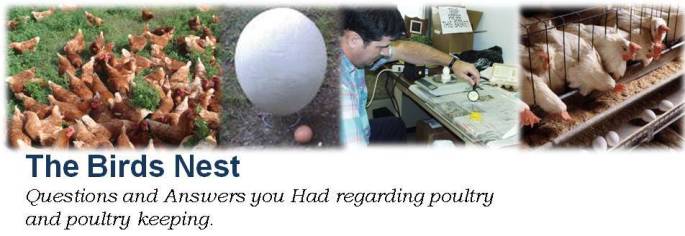Taking Precautions When the Forecast is South of Freezing.
A
reminder to all poultry and livestock caretakers and food processors to monitor
building and other environmental spaces that would be sensitive to cold.
- Temporary windbreaks surrounding nursery areas should be considered if in high wind velocity area. Smaller animals are more temperature sensitive. Heat Lamps and other hanging heaters should be hung by a chain or cable to prevent falling into bedding.
- Water meters should be checked closely to spot broken or plugged (frozen) plumbing.
- Product refrigeration equipment needs to be checked to ensure continued operation even when exposed to outdoor conditions if product needs to be cooled.
- Rod conveyors and other non-heated areas of egg farms should be cleared at the end of day to eliminate thermal checks.
- Diesel supplies on farm should also be checked for jelly formation, most especially backup generators and tractors.
- Heaters, clothing, hand warmers, and other safety equipment for workers should be considered in areas with frostbite exposure warnings
- Product holding areas should be monitored so that product awaiting processing is kept at optimal temperatures.
- For small flock enclosures partial wrapping with plastic film may help prevent wind from penetrating the coop. Be sure adequate ventilation takes place after the wrap. Loose hay and straw may help birds survive cold environments by burying themselves partially into the bedding.

